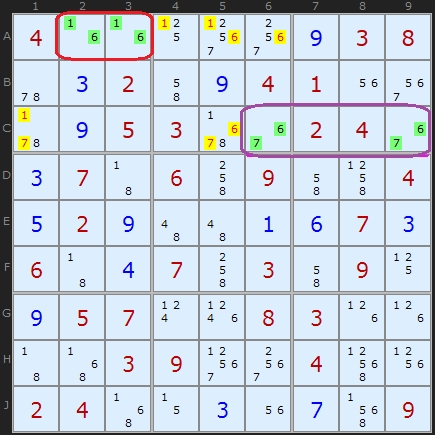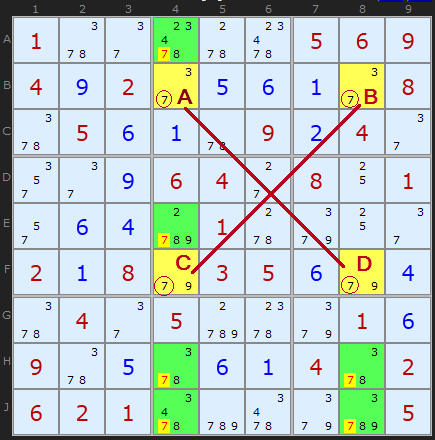How to solve Sudoku Puzzles

Sudoku is a popular puzzle game that challenges players to fill in a 9x9 grid with numbers from 1 to 9 in such a way that every row, column, and 3x3 sub-grid contains each number exactly once. While it may seem daunting at first, solving a Sudoku puzzle is actually quite straightforward if you follow the right approach. In this blog post, we will explore the basic strategies and techniques for solving a Sudoku puzzle.
-
Start with what you know: Begin by looking at the puzzle and identifying any cells that already have numbers in them. These cells can provide clues that will help you fill in the rest of the puzzle. For example, if a cell in the top row already has a 5 in it, you know that the other cells in that row cannot contain a 5.
-
Use the "only choice" rule: Once you have filled in all the cells you can using the information you have, look for rows, columns, or 3x3 sub-grids where only one number is missing. In such cases, that number can be easily determined by applying the "only choice" rule. For example, if there is only one empty cell in a row, and it can only be filled with a 7, then you know that cell must contain a 7.
-
Apply the "elimination" technique: Another common strategy is to eliminate possibilities from cells based on the numbers already in the same row, column, or 3x3 sub-grid. For example, if a row already has a 1, 2, 3, 4, 5, and 6, then the empty cells in that row can only be filled with 7, 8, or 9.
-
Look for "naked pairs": Naked pairs occur when two cells in a row, column, or 3x3 sub-grid can only be filled with the same two numbers. For example, if two cells in a row can only be filled with a 4 or a 5, then you know that no other cell in that row can contain a 4 or a 5. This technique can be extended to "naked triples" or "naked quads" when more than two cells can only be filled with the same set of numbers.

-
Consider "hidden pairs": Hidden pairs are similar to naked pairs, except that the two cells that can only be filled with the same two numbers may not be adjacent to each other. In this case, you need to look at the entire row, column, or 3x3 sub-grid to determine which numbers can be eliminated from other cells.
-
Use "x-wing" and "swordfish" techniques: These advanced techniques are used to eliminate possibilities from cells by looking at multiple rows or columns. The x-wing technique involves identifying two rows or columns that contain only two cells each that can be filled with the same number. If the number appears in only those two rows or columns, you can eliminate that number from other cells in those rows or columns. The swordfish technique is similar, but involves identifying three rows or columns that contain only two or three cells each that can be filled with the same number.

By applying these basic and advanced techniques, you can solve even the most difficult Sudoku puzzles. Remember to be patient and methodical in your approach, and don't be afraid to try different strategies until you find the one that works best for you.
Happy puzzling! 🧩
